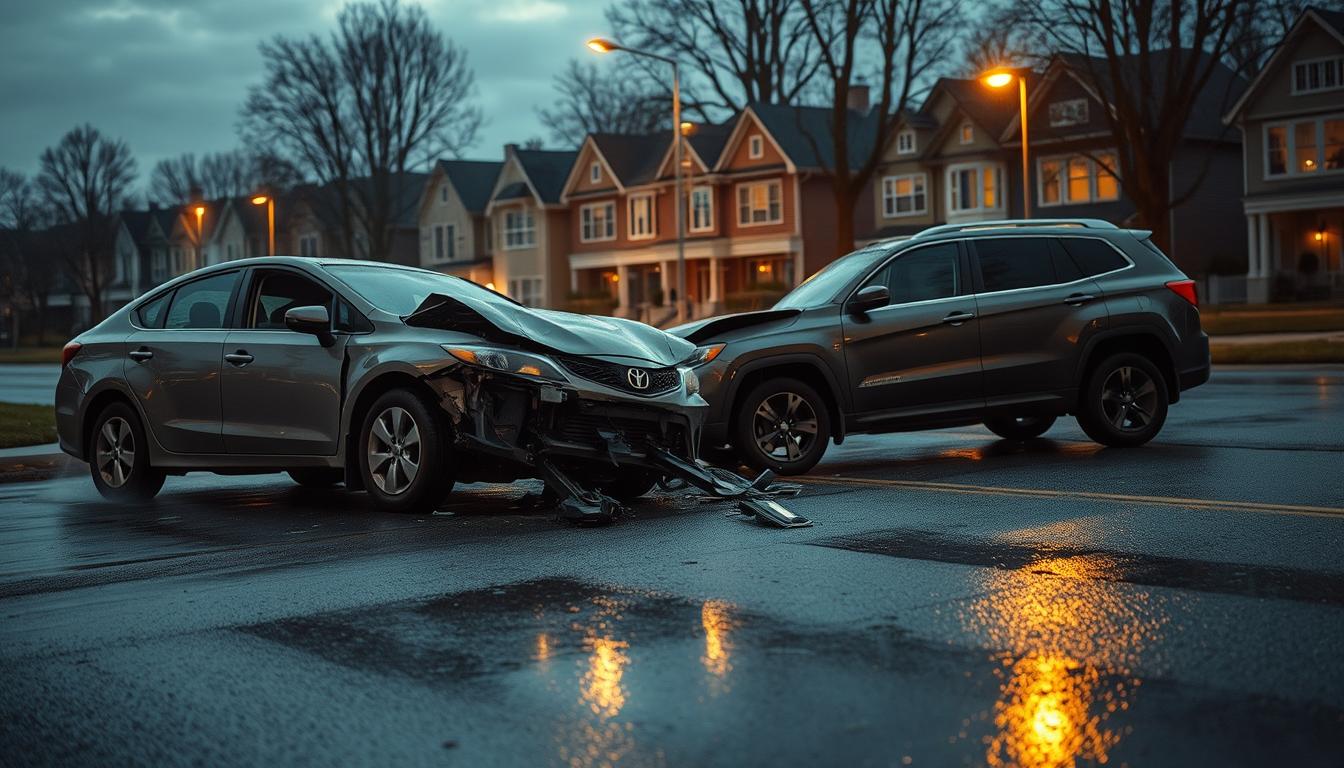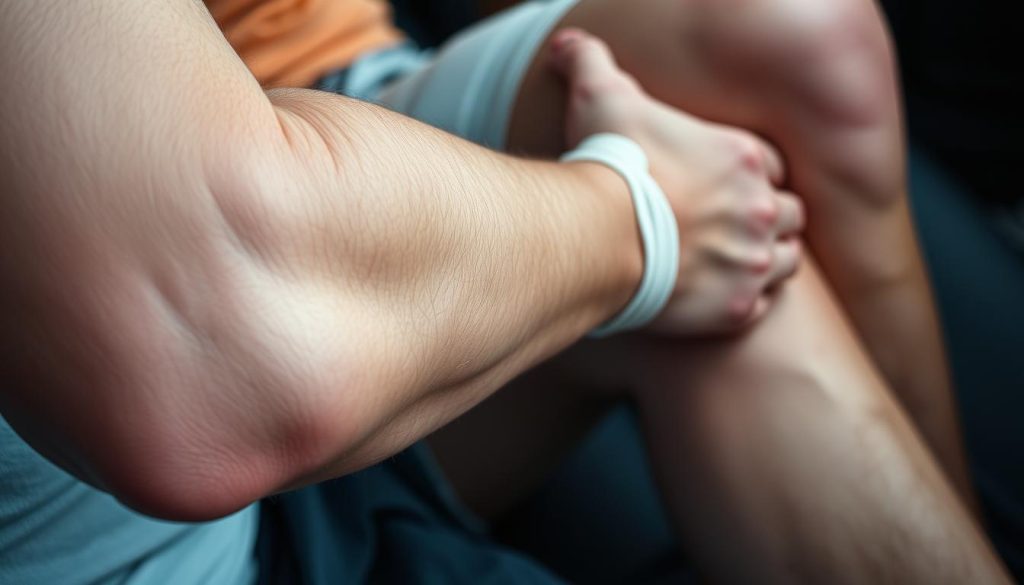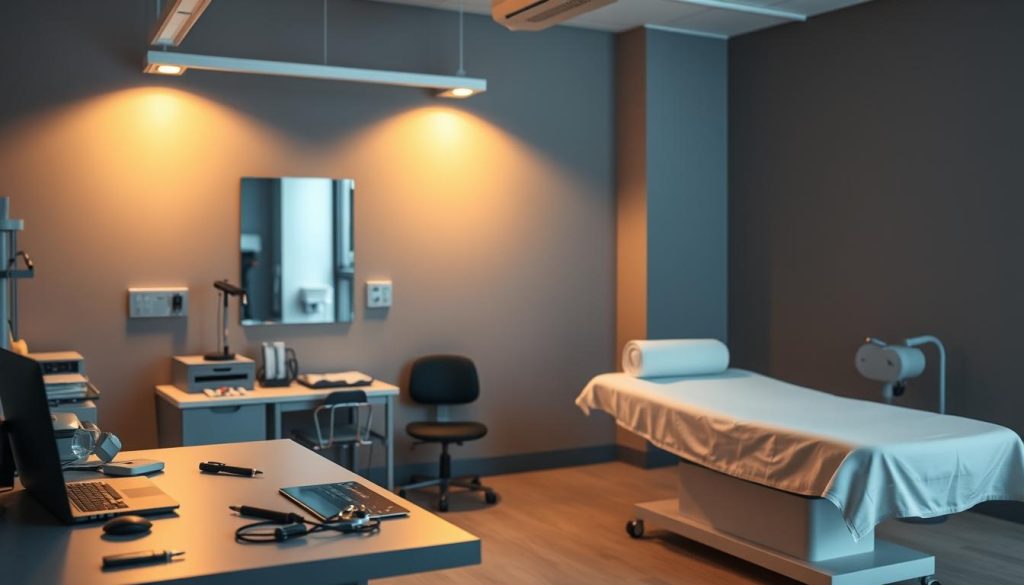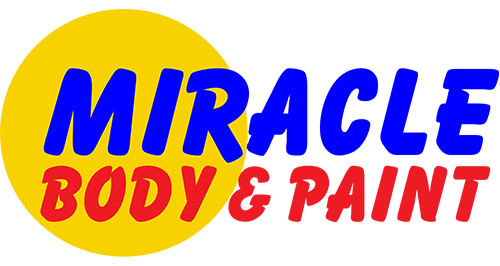
Who is Responsible for Collision Repair Costs After an Accident?

How Aftermarket Paint Protection Helps Maintain Your Car’s Value
Car accidents can hurt us and our cars. It’s important to know how injuries affect both. We’ll look at common injuries from car accidents.
These injuries can hurt our health and change how we fix our cars. Knowing this helps us deal with accidents better.
Key Takeaways
- Understanding car accident injuries is vital for effective recovery.
- Vehicle safety is closely tied to the injuries sustained during accidents.
- Collision repair processes may be influenced by the type of injuries experienced.
- Prompt medical evaluations help address both physical health and vehicle repair needs.
- Knowledge of common injuries can prepare us for potential impacts on our daily lives.
Understanding Car Accident Injuries and Their Impact
Car accidents can cause many injuries. These injuries affect people and the repair of vehicles. Knowing about these injuries helps us see how urgent treatment is and the repair costs.
Statistics from places like the Centers for Disease Control and Prevention (CDC) show how common some injuries are after accidents.
What Are the Most Common Injuries?
Some common injuries from car accidents are:
- Whiplash: Often results from sudden stops or impacts.
- Fractures: These can range from minor to severe depending on the accident’s force.
- Concussions: Head injuries that may develop despite an absence of outward signs.
How Injuries Affect Your Vehicle Repair Process
Injury severity can change the vehicle repair process a lot. If someone gets very hurt, fixing the car might take longer. This is because they need more checks and maybe changes to the fix plan.
This situation also affects personal injury claims, which can raise costs. Knowing this helps us deal with medical and repair costs better.
Whiplash: The Silent Pain After an Accident
Whiplash is a common injury after rear-end collisions. Its symptoms often show up slowly. Spotting these signs early is key to getting better and living well again.
Symptoms of Whiplash
Typical symptoms of whiplash include:
- Neck pain and stiffness
- Headaches, mainly at the base of the skull
- Shoulder pain
- Dizziness and fatigue
- Tingling or numbness in the arms
These symptoms can start hours or days after the crash. It’s important to watch for any health changes.
Treatment Options for Whiplash
For whiplash, a mix of treatments works best. Common ones are:
- Physical therapy to boost mobility and strength
- Pain management, like over-the-counter meds
- Massage to ease muscle tension
- Cervical collars for support
Starting treatment early can lessen pain and speed up recovery. This helps us get back to our daily lives sooner.
Long-term Effects
While many people fully recover from whiplash, some face long-term issues. These can include ongoing neck pain, chronic headaches, and more. These can affect our mental health and overall happiness. It’s vital to get help quickly after a car accident to avoid these problems.
Fractures and Broken Bones in Car Accidents
Fractures are serious injuries from car accidents. It’s important to know about the types, healing time, and how they affect repair costs.
Common Types of Fractures
In car accidents, we see many fractures. These include:
- Arm fractures, often from bracing during impact.
- Leg fractures, which can make moving hard.
- Rib fractures, which can make breathing hard.
Each fracture is different. Knowing this helps us prepare for recovery.
Healing Time and Limitations
Healing time for fractures varies. It depends on the fracture’s type and where it is. Mild fractures might heal in weeks, but severe ones can take months.
Being injured can limit what we can do. It can also affect how we get around.
Implications for Vehicle Repair Costs
Fractures affect our health and repair costs. If we can’t drive, we might need to pay for other ways to get around. This adds to the costs after an accident.
We need to think about both medical and repair costs. This helps us deal with the accident’s aftermath.
Head Injuries: Concussions and More
After a car accident, head injuries are a big worry. Knowing the signs of concussions and needing a medical check is key. Quick action helps avoid long-term problems.
Signs of a Concussion
Spotting concussion signs is important after a crash. Look out for:
- Loss of consciousness
- Confusion and disorientation
- Persistent headaches
- Nausea or vomiting
- Difficulty concentrating
Quick action on these symptoms helps with recovery.
Importance of Medical Evaluation
Getting a medical check is very important if you think you have a concussion. A doctor can tell how bad the injury is and what to do. They will test your thinking, balance, and how you move.
Potential Long-term Complications
Ignoring concussions can cause big problems later. These might include:
- Chronic headaches
- Cognitive difficulties
- Emotional changes such as anxiety or depression
Seeing a doctor right away is key to avoiding these issues. It helps keep our life quality high.
Back Injuries: Strains and Spinal Cord Damage
Back injuries, like strains and spinal cord damage, can change our lives after a car crash. It’s important to know about these injuries and how to treat them. This knowledge helps us plan for recovery and deal with car repairs.
Types of Back Injuries
There are many types of back injuries, including:
- Muscle strains: caused by too much pulling and stretching of the muscles.
- Herniated discs: a rupture that can cause pain and nerve problems.
- Spinal cord injuries: can lead to loss of movement and feeling.
- Fractures: breaking vertebrae can cause serious issues.
Treatment and Recovery Time
Treatment for back injuries depends on the injury. It may include:
- Physical therapy: exercises to help move and strengthen.
- Pain management: using medicines and other ways to reduce pain.
- In severe cases, surgery: needed for serious spinal cord damage or other injuries.
How long it takes to recover varies. Mild strains might take weeks, while serious spinal cord damage could take months.
How They Can Affect Vehicle Repair
Back injuries can make fixing your car harder. If you have trouble moving, it’s hard to check your car or take it to the shop. Knowing your limits is key when fixing your car after an accident.
Soft Tissue Injuries: Bruises and Sprains
After a car accident, we might miss soft tissue injuries like bruises and sprains. It’s important to spot these injuries early. They can hurt a lot and make it hard to move.
Sometimes, we don’t feel the pain right away. This is why we need to watch for any unusual aches or pains.
Identifying Soft Tissue Injuries
Soft tissue injuries hurt muscles, tendons, and ligaments. Look out for:
- Swelling and tenderness in the affected area.
- Dull aches that get worse with movement.
- Visible bruising that shows up over time.
If you see these signs after an accident, get medical help. Early treatment can prevent long-term problems.
Treatment and Recovery Tips
Here are some tips to help you heal from soft tissue injuries:
- Rest the injured area to avoid further strain.
- Apply ice for 15-20 minutes every few hours during the first 48 hours.
- Use an elastic bandage to compress and reduce swelling.
- Elevate the affected area to lessen blood flow and swelling.
- Physical therapy may be needed to regain strength and mobility.
Following these tips can help you heal faster. This way, you can get back to normal activities sooner.
Cost Implications for Vehicle Repairs
Soft tissue injuries might not be seen, but they can affect car repair costs. Accidents with more injuries mean bigger insurance claims and repair bills. Knowing this can help us plan for costs better.
Being informed about these injuries helps us deal with the car accident’s aftermath.

Internal Injuries: What to Look For
After a car accident, we need to watch for internal injuries. These injuries are not always seen right away. They can cause serious problems like organ damage and bleeding inside the body.
Knowing the signs and what to do can help a lot. It can make a big difference in how well we recover.
Common Internal Injuries from Accidents
Internal injuries can be different but often include:
- Spleen injuries
- Liver lacerations
- Kidney damage
- Ruptured blood vessels
Symptoms and Emergency Responses
We should look out for certain signs of internal injuries, like:
- Severe abdominal pain
- Persistent vomiting or nausea
- Lightheadedness or fainting
Calling 911 or getting to the hospital fast is very important. Quick action can save lives.
Repair Implications and Costs
Internal injuries can also affect fixing your car. Waiting to get treatment can make insurance claims harder. It can also lead to extra costs for repairs.
We need to think about these things when we figure out the total cost of a car accident.
Psychological Impact of Car Accidents
Car accidents can hurt us more than just physically. They can also leave deep emotional scars. Many people develop post-traumatic stress disorder (PTSD) after such incidents. It’s vital to understand and tackle this to heal fully.
Understanding PTSD After a Car Crash
PTSD can show up in many ways after a crash. You might keep reliving the accident, feel very anxious, or feel numb. These feelings can really disrupt your life. Spotting these signs early helps you get the right help and recover better.
Coping Mechanisms and Support
There are ways to cope with the emotional toll of an accident. Mindfulness, therapy, and support groups can help. Creating a routine with relaxation activities can also bring stability during tough times.
The Effect on the Repair Process
The emotional impact of a crash can make fixing your car harder. PTSD can make it tough to deal with insurance or repairs. It’s key to address both physical and emotional healing to fix your car smoothly.
Importance of Medical Assessments Post-Accident
After a car accident, we should check our health. Even if we feel okay, some injuries might not show symptoms right away. Getting checked helps us stay healthy and supports our injury claims.
Why You Should Get Checked
Timing is key for medical checks after an accident. Early checks find hidden injuries, which is good for our health and claims. A doctor can spot things like concussions or soft tissue injuries.
Documentation Needs for Insurance Claims
Good records are key for insurance claims. We need to keep detailed records of our medical checks, including:
- All diagnostic tests and their results
- Medical treatment plans and follow-up appointments
- Receipts for any out-of-pocket expenses
These documents prove our injuries and link them to the accident for insurance companies.
Linking Injuries to Vehicle Repairs
It’s important to show how our injuries relate to car repairs. Medical checks help tell our story and support our claim. By documenting our injuries well, we show how our health affects car repairs. This helps us get fair compensation for medical and car damage costs.

Steps to Take After a Car Accident
Being in a car accident is scary. Knowing what to do next can help. We’ll talk about what to do right away, how to document the scene, and why medical help is key.
Immediate Actions to Ensure Safety
Our safety is the most important thing. Here are the first steps we should take:
- Check for injuries among passengers and other involved parties.
- If possible, move vehicles to a safe location to avoid further accidents.
- Turn on hazard lights to alert other drivers.
- Call 911 if there are serious injuries or significant damage.
Documenting the Scene for Insurance
Good documentation is key for insurance claims. Here’s how to document the scene:
- Take clear photos of all vehicles involved, focusing on angles that show damage.
- Capture images of road conditions, signs, and any visible injuries.
- Gather contact information from witnesses present at the scene.
- Write down the details of the accident, including the time, date, and location.
Seeking Medical Attention
Even small injuries need medical check-ups. Many injuries show up later. It’s important to see a doctor right after the accident. This ensures we get the care we need and helps with our insurance case.
Working with Insurance Companies
Dealing with insurance after a car accident can be tough. It’s important to know how to file a claim for injuries and repair costs. This helps us get the most compensation and makes recovery easier.
With the right strategies and knowledge, we can fight for our rights. This is crucial during a hard time.
How to File a Claim for Injuries
To file a claim for injuries, start by collecting all needed documents. This includes medical records, police reports, and witness statements. This info makes our case stronger and helps insurers get the full picture.
We should also keep a timeline of our injuries and expenses. This helps us file our claims quickly and correctly.
Navigating Repair Costs and Claims
Understanding repair costs is key when working with insurers. We should get estimates from trusted auto repair shops. Then, we can compare them to make sure our claims cover all costs.
Knowing our rights as policyholders helps us deal with unfair denials or low offers. This is important during the claims process.
Tips for Successful Communication with Insurers
Good communication with insurers is crucial for resolving claims. We should be calm and clear about what we need. Asking specific questions helps ensure they understand us.
Keeping a record of all conversations and following up with emails is helpful. This makes it easier to solve any problems later. By being proactive, we can make the claims process smoother.



